
In recent years, Artificial Intelligence Generated Content (AIGC) has emerged as a transformative force across various fields, and photography art education is no exception. From enhanced creativity to novel teaching methodologies, the influence of AIGC is reshaping how photography is taught and practiced. This article explores the different dimensions of AIGC’s impact on photography art education.
Revolutionizing Creative Processes
One of the most significant ways AIGC is impacting photography education is through the revolutionization of the creative process. AI algorithms can analyze vast amounts of visual data and generate images based on specific styles, themes, or concepts. This capability allows students to experiment with ideas that they might not have considered on their own.
For instance, students can use AIGC tools to generate mood boards or visual prompts that guide their photography projects. These AI-generated visuals not only serve as inspiration but also challenge traditional concepts of originality and creativity. As a result, photography students are encouraged to think outside the box and explore new artistic avenues.
Enhanced Learning Resources
AIGC is also making learning more accessible and diverse. Traditional photography education often relies on textbooks, lectures, and hands-on experiences. However, AIGC provides a plethora of online resources that can complement these methods. From AI-powered tutorials to interactive learning modules, students can access a wealth of information tailored to their learning pace.
Moreover, AIGC can help create personalized learning paths based on individual student needs and preferences. For example, if a student struggles with composition, an AI tool could offer targeted exercises or examples. This level of customization enhances the overall learning experience and helps students develop their skills more effectively.
Fostering Collaboration and Innovation
Another notable impact of AIGC on photography art education is the facilitation of collaboration. Students can work together on projects using AIGC tools that allow for real-time collaboration across distances. This virtual partnership encourages the sharing of ideas and techniques, leading to innovative artistic expressions.
Additionally, collaborations between artists and AI can push the boundaries of what is considered photography. For instance, students might work with AIGC to create hybrid artworks that combine photography with digital art, resulting in pieces that reflect contemporary issues and themes.
Addressing Ethical Considerations
While AIGC presents numerous opportunities, it also raises ethical questions that must be addressed in photography art education. Issues such as copyright, ownership, and the authenticity of AI-generated images are crucial topics for discussion in the classroom. Educators need to navigate these challenges, ensuring students understand the implications of using AIGC in their work.
Additionally, the role of the photographer as an artist may evolve as AI becomes increasingly integrated into the creative process. Discussions surrounding what it means to be an artist in the age of AIGC are essential to prepare students for future careers in photography.
Conclusion
The impact of AIGC on photography art education heralds a new era of creativity and innovation. By revolutionizing the creative process, enhancing learning resources, fostering collaboration, and addressing ethical considerations, AIGC is reshaping the educational landscape for future photographers. As educators embrace these technologies, students will be better equipped to navigate a rapidly changing artistic environment, ultimately enhancing their skills and expanding their creative horizons.

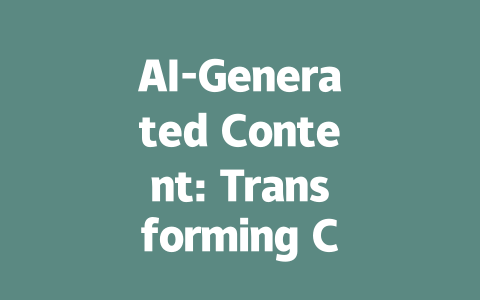
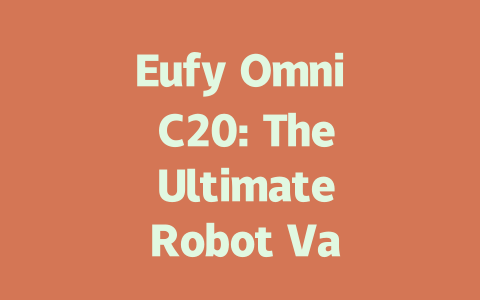
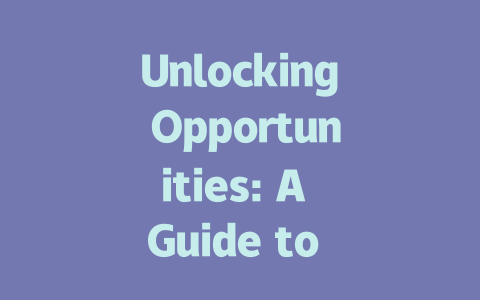



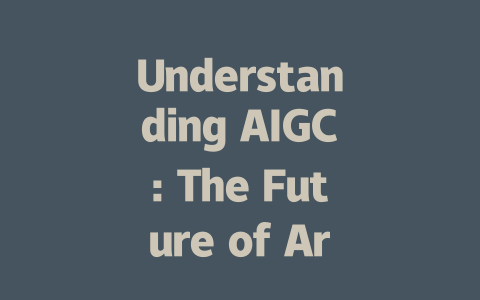
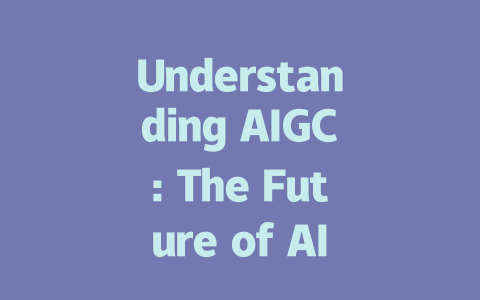
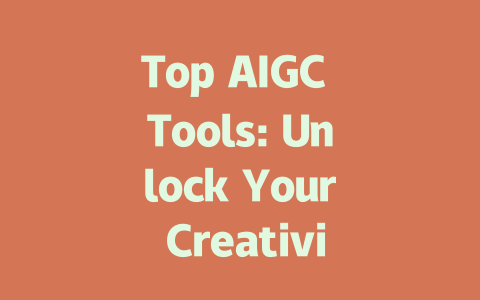
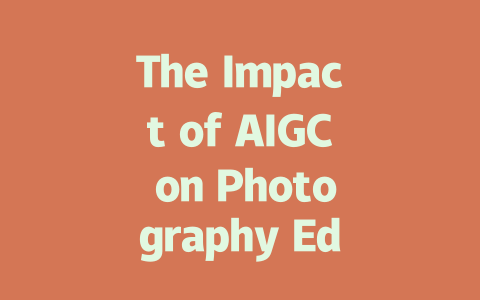

暂无评论内容